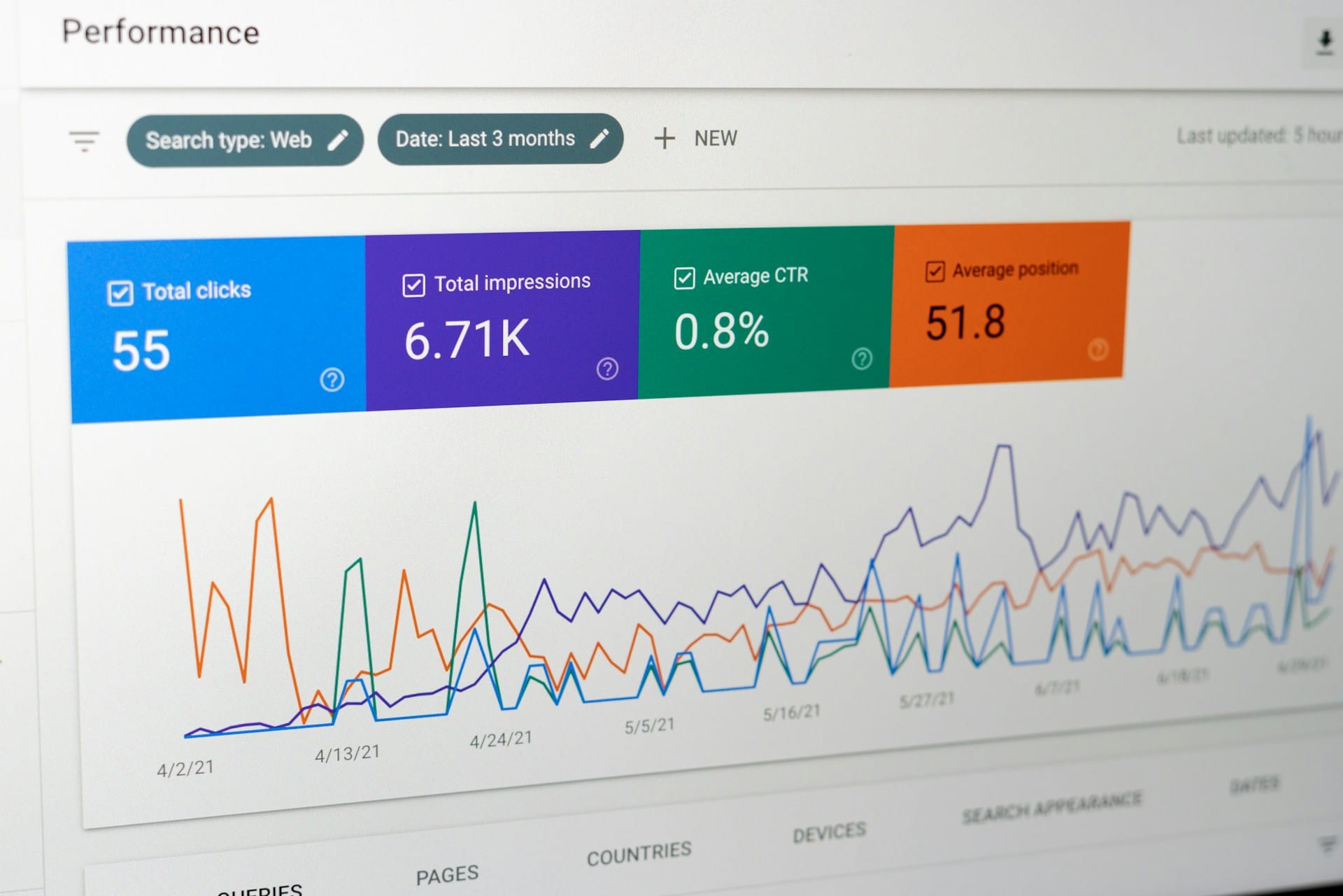Your Google Search Console Impressions charts fell off a cliff mid-September. Impressions down. Average position up. CTR steady or better. Tempting to take a victory lap. Don’t. This one’s mostly Google, not your latest tweaks.
In short, Google removed a setting that many tools used to fetch up to 100 results per page. That change rippled into how impressions and positions are counted, so lots of dashboards now look odd, even when traffic and revenue are fine. Early analyses show most sites saw visibility and impression drops after the change.
There’s also a wider shift happening. Call it the Great Normalisation: less focus on vanity charts, more on intent and business value. AI in search is part of that story, but your September dip is mainly a counting change, not an algorithmic punishment.
What changed, in plain English
- Google retired num=100. You can’t force 100 results per page any more. Workflows and rank trackers that relied on it started sampling differently. Impressions fell because fewer “slots” were counted, especially beyond page one.
- Many sites show the same pattern. Impressions down, average position up, clicks and revenue unchanged. Analysts found roughly three in four sites reported visibility drops after the switch.
- It’s easy to misattribute. Your on-page tidy-up didn’t suddenly boost average position while killing impressions. It’s the measurement model moving under your feet. Brodie Clark’s review links the oddities directly to the num=100 change.
What this means for your website
- Don’t panic or rewrite your strategy. Traffic holding? Leads steady? Then your market didn’t vanish; the ruler changed.
- Stop using impressions and average position as headline KPIs for a bit. They’re noisy. Weight clicks, enquiries, assisted pipeline and revenue while the dust settles.
- Expect more change as AI answers spread. The direction of travel is clear: search is rewarding content that answers real questions and earns trust, not keyword wallpaper.
Do this today (10-minute checklist)
- Annotate your reports at week commencing 15 September; mark anything before and after as different eras.
- Tell your team: “Impressions dipped due to a Google change. Clicks and leads are our north star until we rebuild the baseline.”
- Sanity-check Search Console against analytics. If clicks and conversions look normal, you’re fine.
- Clean your keyword set. Drop vanity terms, tag the rest by intent. Report by “problem solved”, not by single phrases.
- Double down on winners. Improve answer density on pages that already earn clicks, and link them clearly to your money pages.
Simple script for stakeholders
What happened: “Google changed how many results get counted, which knocked impressions and average position around.”
What we’re seeing: “Impressions down, position up, clicks stable. That’s the common pattern across the web.”
What we’re doing: “Re-baselining from mid-September, steering by clicks, enquiries and revenue. We’re improving pages that already attract buyers.”
Where AI fits in this
AI-powered answers mean more questions get answered in chat-like results, and fewer people scroll to result 47. That pushes everyone to compete on clarity, usefulness and credibility. The upside: when people do click from these surfaces, they often come with stronger intent. Your job is to be the source worth citing and the page worth clicking.
Sources for further reading:
- Search Engine Land: rank and position tracking is a mess right now; Google confirms num=100 removal. (Search Engine Land)
- Search Engine Land: “77% of sites lost keyword visibility after num=100 removal”. (Search Engine Land)
- Brodie Clark: the great decoupling and num=100 analysis. (Brodie Clark Consulting)
- Search Engine Land: “Great Normalisation” essay. (Search Engine Land)
